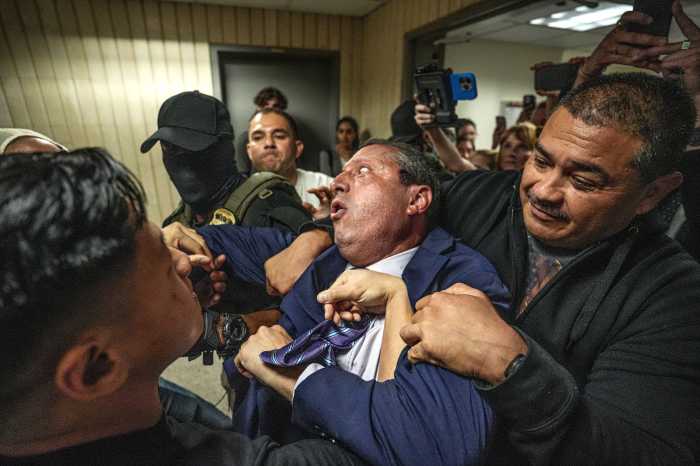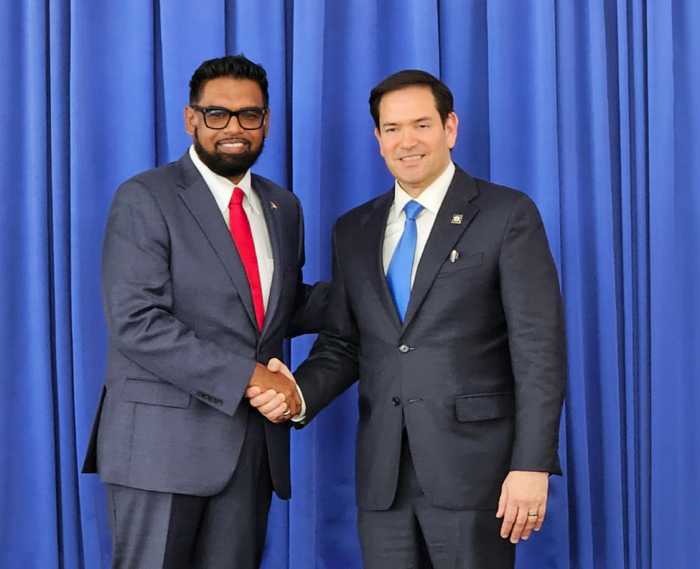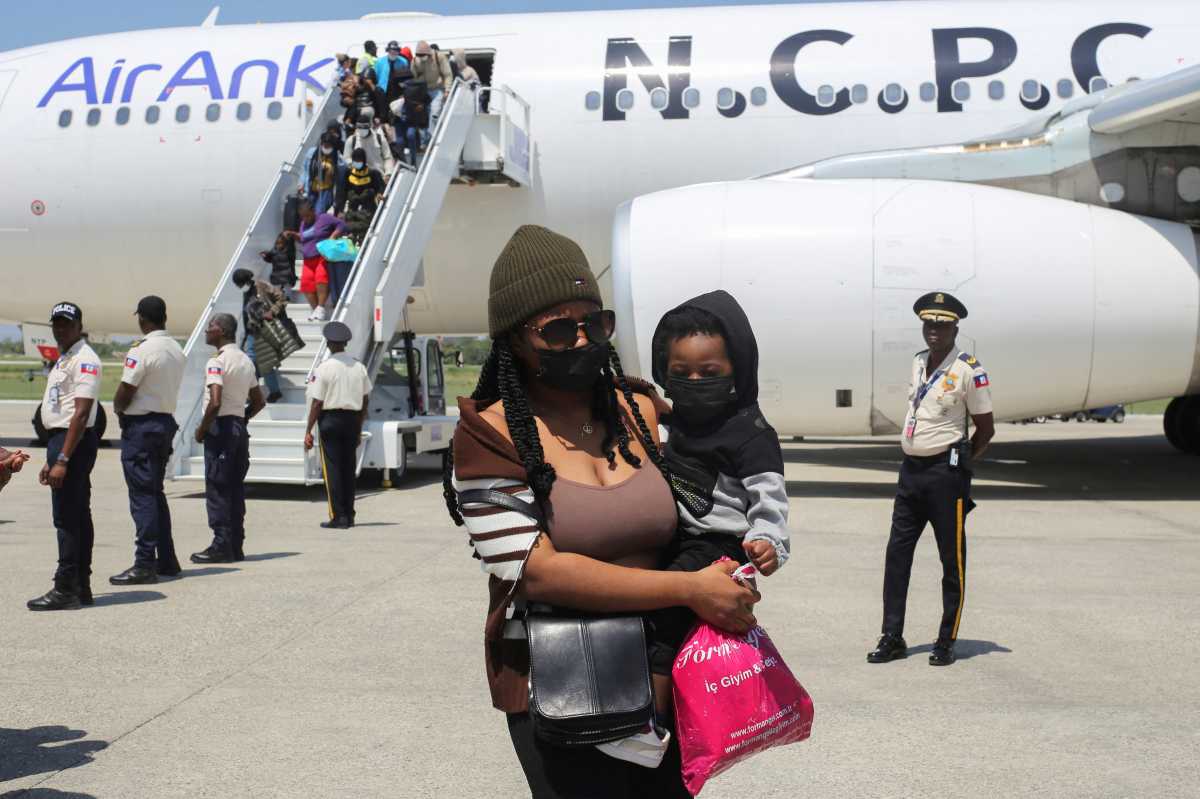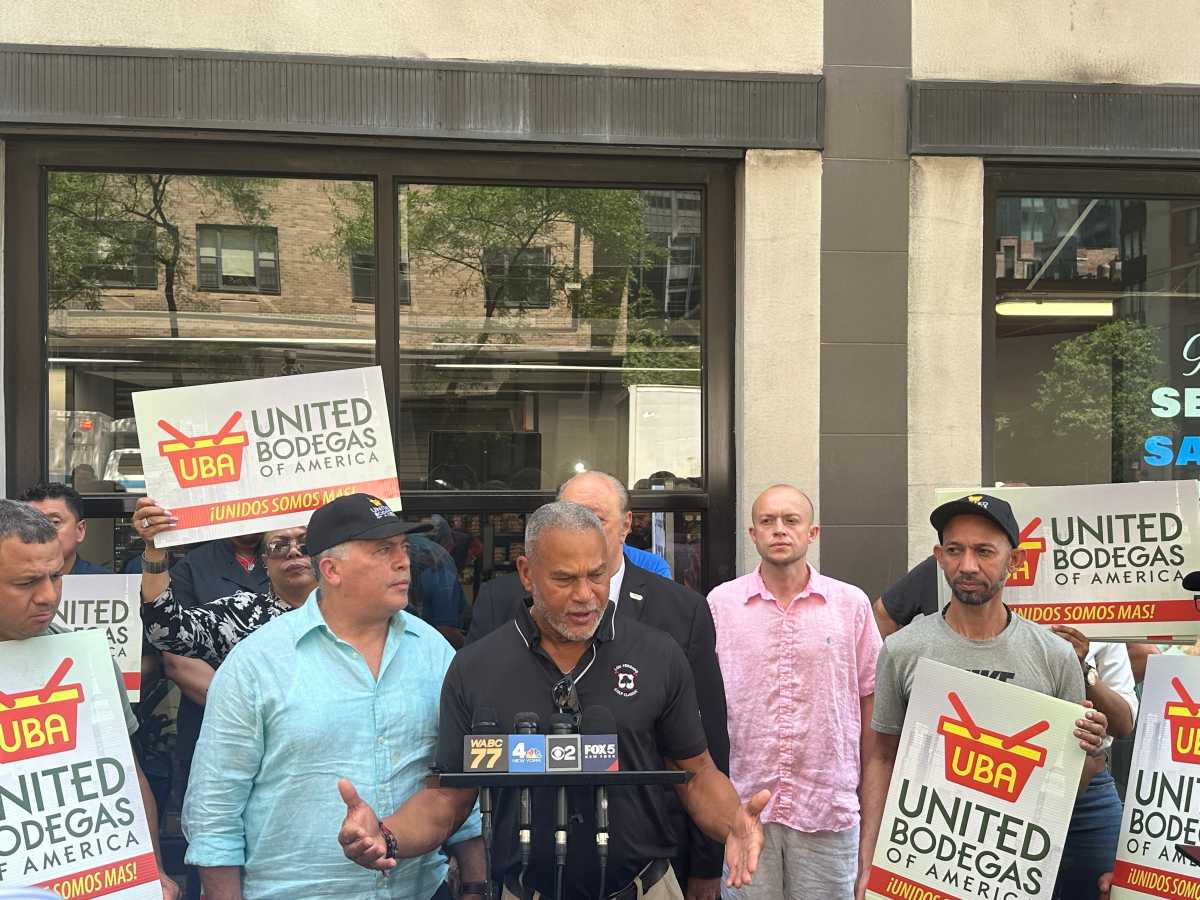Even as legislators and immigrant advocacy groups express outrage over the Donald Trump administration’s immigration policies, United States Attorney General Jeff Sessions has announced the expansion and modernization of a program to deport immigrants, including Caribbean nationals, in US federal correctional facilities.
The US Department of Justice (DOJ) said the Institutional Hearing Program (IHP), announced by Sessions on Thursday, identifies removable criminal immigrants who are inmates in federal correctional facilities.
IHP provides in-person and video teleconference (VTC) immigration removal proceedings, and removes the immigrant on completion of sentence, rather than releasing the immigrant to an Immigration and Customs Enforcement (ICE) detention facility or into the community for adjudication of status, the DOJ said.
“Bringing an immigration judge to the inmate for a determination of removability, rather than vice versa, saves time and resources and speeds hearings,” the DOJ said, stating that the program is coordinated by its Executive Office for Immigration Review (EOIR), the Bureau of Prisons (BOP) and ICE.
“We owe it to the American people to ensure that illegal aliens [immigrants] who have been convicted of crimes and are serving time in our federal prisons are expeditiously removed from our country as the law requires,” Sessions said.
“This expansion and modernization of the Institutional Hearing Program gives us the tools to continue making Americans safe again in their communities,” he added.
The DOJ said the expansion and modernization of the IHP program will occur in three ways.
First, it said, ICE, BOP, and EOIR will expand the number of active facilities with the program to a total of 14 BOP and six BOP contract facilities.
Second, EOIR and BOP will increase each facility’s VTC capabilities and update existing infrastructure to aid in the ability to conduct removal proceedings.
And third, DOJ said EOIR and ICE will finalize a new and uniform intake policy.
EOIR and ICE expect to reach agreement on the new intake process by April 6, 2017, the DOJ said.
“These improvements will speed the process of deporting incarcerated criminal aliens and will reduce costs to taxpayers,” it said.
One of Trump’s first executive orders promised a weekly recounting of the crimes committed by undocumented Caribbean and other immigrants and a list of the recalcitrant local law enforcement departments that failed to turn those people over to US federal officials, according to the New York Times.
Last week, the US Department of Homeland Security delivered the first report.
But rather than provide a complete tally, it contained misleading information that only prompted confusion and defiance from law enforcement officials from the jurisdictions in question, the New York Times said.
The report, which covers Jan. 28 to Feb. 3, shows that ICE, the agency charged with deportations, issued 3,083 detainers, which are requests to local police departments to hold undocumented immigrants and legal permanent residents who could be deported.
The report showed, however, that only 206 of those detainers were declined by local law enforcement agencies.
Nevertheless, ICE officials say the lack of cooperation endangers Americans, according to the Times.
“When law enforcement agencies fail to honor immigration detainers and release serious criminal offenders, it undermines ICE’s ability to protect the public safety and carry out its mission,” said Thomas Homan, the agency’s acting director.
But the Times noted that one of the nation’s larger counties — Nassau County, on Long Island, New York — was erroneously included in the government’s report as a noncooperative jurisdiction.
To facilitate ICE’s work in the county, the Nassau sheriff’s office has allowed the agency to have a permanent presence in the county jails, giving agents immediate access to interview inmates, the Times said.
It said this is different than New York City’s policy, which changed in 2014 to abolish the ICE presence at the Rikers Island jail.
New York’s Commissioner of Immigrant Affairs, Nisha Agarwal, said the report not only misrepresented New York’s law, but facts about cities’ and counties’ policies.
“This ignores the fact that federal courts have repeatedly held that immigration detainers are optional requests and cannot be made mandatory under the Constitution,” Ms. Agarwal said.
She said that public safety depends on the trust between police and community, adding that the city’s police officials “voluntarily respond to requests from federal immigration authorities when they’re looking for an individual in our custody who is a serious threat to the safety of all New Yorkers, immigrant or otherwise.”
Since Trump ordered the Department of Homeland Security to begin compiling a list of local law enforcement agencies that did not honor detainers, some localities have said publishing the data is simply a way to embarrass them into complying with ICE requests, according to the Times.
“This is a shaming list, a scarlet letter that the federal government is going to put on jurisdictions around the country,” said Dennis Herrera, San Francisco’s city attorney.




















